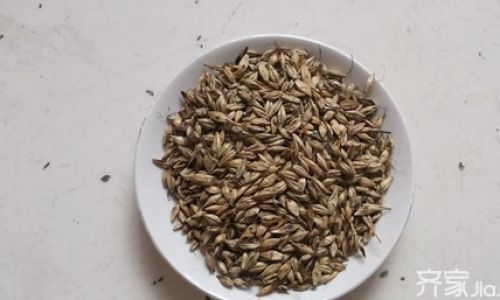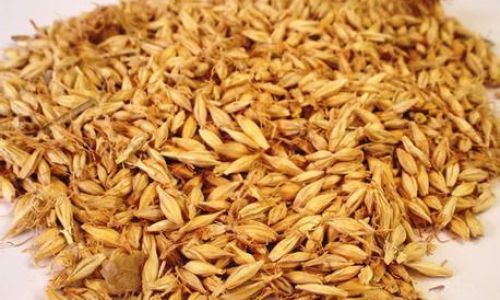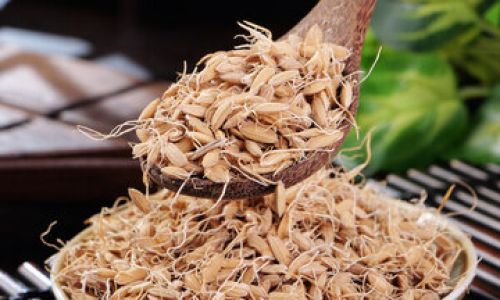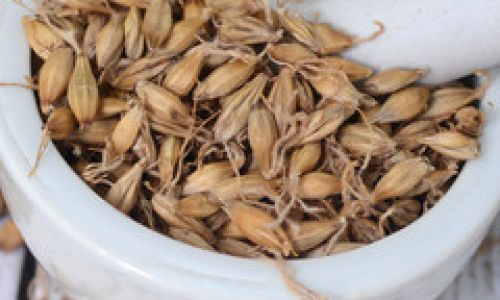Introduction
Malt, a cornerstone ingredient in brewing, baking, and traditional medicine, derives from germinated cereal grains—typically barley, wheat, or rye—that undergo a controlled transformation process. Among the myriad forms of malt, roasted malt and raw malt stand as two primary variants, each offering unique attributes that cater to diverse applications. While both originate from the same foundational grain, their journeys diverge significantly during processing, resulting in distinct flavors, colors, enzymatic activities, and uses. This article delves into the nuances separating roasted malt and raw malt, shedding light on their production methods, culinary roles, nutritional profiles, and cultural significance. By understanding these differences, enthusiasts and professionals alike can harness the full potential of each malt type in their respective domains.
Production Process: From Grain to Malt
The journey of a cereal grain into malt begins with steeping, where grains are submerged in water to initiate germination. This phase activates enzymes like amylase, which break down starches into fermentable sugars. However, the paths of roasted and raw malt diverge post-germination.

Raw malt, also termed pale malt or base malt, undergoes minimal processing beyond germination and drying. After steeping, the grains are spread out to germinate, during which sprouts emerge. To halt germination and preserve enzymatic activity, the grains are dried at low temperatures (typically below 50°C or 122°F). This gentle drying ensures that the malt retains its light color, sweet flavor, and high diastatic power—the ability to convert starches into sugars. Raw malt serves as the backbone of many brewing recipes, providing the enzymatic foundation needed to ferment other grains.
In contrast, roasted malt embarks on an additional transformation: kilning or roasting at high temperatures. Post-germination, the malt is exposed to heat ranging from 80°C to 220°C (176°F to 428°F), depending on the desired intensity. This process caramelizes sugars, develops Maillard reaction products, and imparts deep hues ranging from amber to nearly black. The duration and temperature of roasting dictate the malt’s final characteristics—lightly roasted malts contribute biscuit or toasty notes, while heavily roasted variants introduce bitterness, espresso-like roastiness, and astringency.
Flavor and Aroma Profiles
The contrasting production methods of roasted and raw malt yield striking differences in taste and aroma.
Raw malt is celebrated for its delicate sweetness, reminiscent of fresh bread, honey, or light caramel. Its enzymatic activity remains intact, making it ideal for brewing beers like pilsners or lagers, where subtle malt flavors complement hop bitterness. In baking, raw malt enhances dough rise and imparts a mild, nutty undertone to bread and rolls.
Roasted malt, by contrast, dominates the flavor spectrum with bold, complex notes. Lightly roasted malts (e.g., Vienna or Munich malt) offer bready or biscuity flavors, while darker roasts (e.g., chocolate malt or black patent malt) introduce bittersweet chocolate, coffee, or burnt toast aromas. These malts are indispensable in stouts, porters, and dark ales, where they contribute depth and balance to the final brew. Roasted malt’s bitterness also acts as a counterpoint to sweet ingredients in confectionery, such as malt balls or chocolate coatings.

Culinary and Industrial Applications
The enzymatic and flavor profiles of raw and roasted malt dictate their roles in food and beverage production.
Raw malt’s high diastatic power makes it a brewing workhorse. It converts starches from adjunct grains (e.g., corn or rice) into fermentable sugars, ensuring efficient alcohol production. Additionally, raw malt extract—a syrup or powder derived from raw malt—serves as a natural sweetener and flavor enhancer in breakfast cereals, energy bars, and baked goods. In traditional medicine, raw malt is valued for its digestive properties; it is believed to stimulate appetite and ease stomach discomfort.
Roasted malt’s primary domain lies in flavor and color modification. Brewers use it to adjust beer body, head retention, and visual appeal. For instance, a small quantity of black patent malt can turn a golden ale into a jet-black stout. Beyond brewing, roasted malt finds its way into whiskey production, where it contributes to the spirit’s caramelized and smoky notes. In the culinary world, roasted malt flour adds complexity to artisanal bread, while roasted malt extract lends a bittersweet edge to sauces, marinades, and desserts.
Nutritional Composition
Both malt types offer nutritional benefits, though their profiles differ due to processing.
Raw malt retains most of its original vitamins and minerals, including B vitamins (e.g., niacin, riboflavin), iron, and magnesium. Its enzymatic activity aids in nutrient absorption, making it a digestive aid. However, raw malt’s caloric content is moderate, with approximately 350–400 calories per 100 grams, primarily from carbohydrates.

Roasted malt undergoes partial nutrient degradation during high-temperature processing. Vitamins like thiamine and ascorbic acid may diminish, but the roasting process concentrates certain antioxidants, such as melanoidins, which are linked to anti-inflammatory and gut-health benefits. Roasted malt’s caloric density is slightly lower than raw malt due to carbohydrate breakdown, but its fiber content increases, promoting satiety.
Traditional and Cultural Uses
The distinction between roasted and raw malt extends into cultural practices and traditional medicine.
In Chinese medicine, raw malt (sheng ma ya) is prescribed to improve digestion, reduce bloating, and support lactation in nursing mothers. Its mild, sweet nature is believed to harmonize the spleen and stomach meridians. Conversely, roasted malt (chao ma ya), having undergone fire element transformation, is used to address stagnation and promote qi circulation. It is sometimes combined with other herbs to treat indigestion or emotional distress.
In European folk traditions, raw malt was a staple in brewer’s diets, providing energy and nutrients. Roasted malt, with its intense flavor, was reserved for festive ales and medicinal tonics. Similarly, in Scandinavian cultures, roasted malt infusions were consumed during winter solstice celebrations to symbolize the return of light.
Environmental and Economic Considerations
The production of roasted and raw malt carries distinct environmental and economic footprints.

Raw malt production is relatively energy-efficient, as it requires only low-temperature drying. This makes it a sustainable choice for large-scale brewing operations. However, its reliance on enzymatic activity limits shelf life, necessitating careful storage to prevent enzyme degradation.
Roasted malt production, while more energy-intensive due to high-temperature kilning, offers extended shelf stability. The roasting process sterilizes the malt, reducing microbial spoilage risks. This durability justifies its premium pricing in specialty markets, such as craft brewing and gourmet baking.
Conclusion
Roasted malt and raw malt, though siblings in origin, occupy distinct niches in the culinary and industrial landscapes. Raw malt’s enzymatic prowess and delicate sweetness make it indispensable in brewing and baking, where subtlety is paramount. Roasted malt, with its bold flavors and visual drama, elevates dark beers, whiskeys, and artisanal products. Nutritionally, both offer unique benefits, while their cultural roles reflect humanity’s age-old relationship with grain transformation. Whether seeking to brew a crisp lager, bake a rustic loaf, or craft a robust stout, understanding the interplay between these two malt variants unlocks endless possibilities. As consumers and creators increasingly value authenticity and complexity, the dialogue between roasted and raw malt will continue to shape the flavors of the future.






0 comments